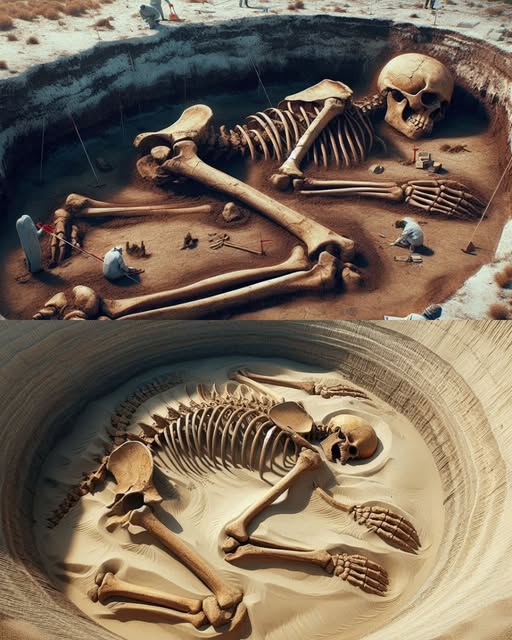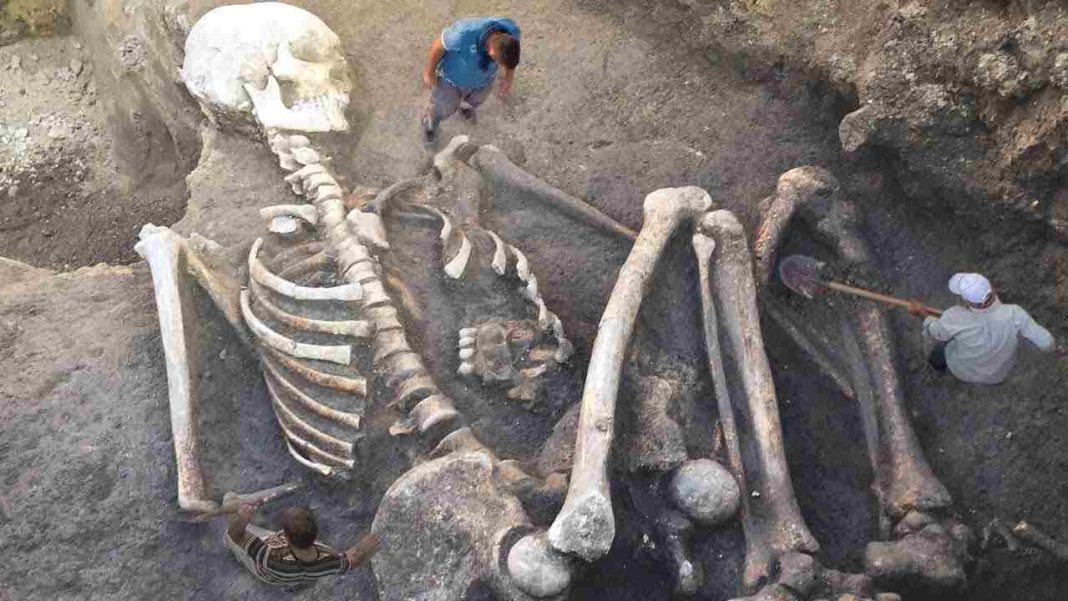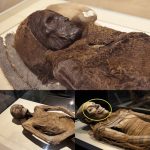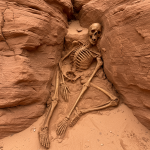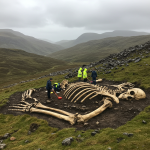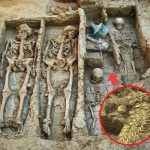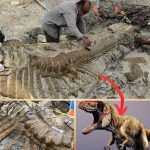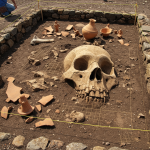The fascination with giant skeletons has been a topic of intrigue and speculation for centuries. From ancient legends to modern hoaxes, the idea that a race of giants once roamed the earth captures the imagination of many. Despite numerous claims and supposed discoveries, the truth behind these giant skeletons remains elusive. This article delves into the myths, hoaxes, and occasional legitimate findings surrounding giant skeletons, providing a comprehensive overview for those curious about this enigmatic subject.
The Historical Context of Giant Skeleton Claims
Throughout history, there have been numerous reports of giant skeletons being unearthed across the world. Many of these claims originate from the United States, where in the 19th and early 20th centuries, newspapers frequently reported the discovery of skeletons ranging from 7 feet to an astonishing 20 feet tall. These discoveries were often attributed to Native American burial mounds, adding a layer of mystique and historical depth to the stories.
However, most of these claims have been debunked as either deliberate hoaxes, misidentifications of large animal bones, or exaggerated reports by overzealous amateur archaeologists. A significant turning point came in 1934 when Aleš Hrdlička, a curator of anthropology at the Smithsonian Institution, conducted an investigation that discredited many of these claims. Hrdlička attributed the reports to the “will to believe” and the mistakes of amateur archaeologists unfamiliar with human anatomy.
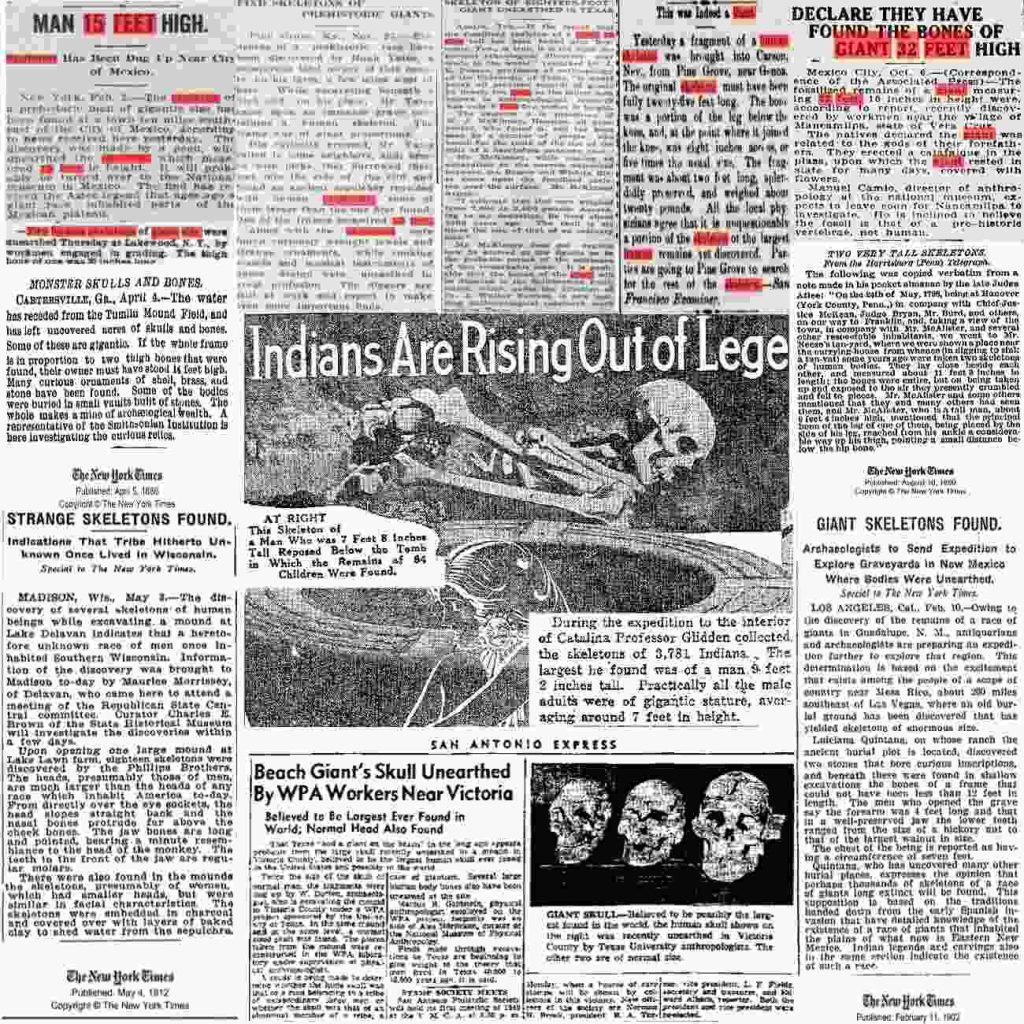
Modern Hoaxes and Debunked Myths
In the digital age, the myth of giant skeletons has found new life through internet hoaxes and manipulated images. One of the most famous hoaxes involves the supposed discovery of giant skeletons in the Arabian desert by an Aramco exploration team. The accompanying images, widely circulated on social media, were later revealed to be the product of a digital manipulation contest.
Similarly, a hoax involving the Smithsonian Institution claimed that the organization had destroyed thousands of giant skeletons to suppress evidence of their existence. This story, originating from a satirical website, was widely shared but has been thoroughly debunked by reputable sources like Reuters and the Associated Press.
Notable Discoveries: Fact or Fiction?
While many claims of giant skeletons are fabrications, a few legitimate discoveries have fueled the myth. The ‘Giant of Castelnau,’ for instance, refers to three bone fragments discovered in France in 1890. These fragments were initially thought to belong to a human of extraordinary size, but modern analysis suggests they were more likely the remains of a large prehistoric animal. The discovery of the ‘Giant of Castelnau’ raises questions similar to those surrounding the Moai statues of Easter Island, where interpretations often blur the lines between fact and myth.
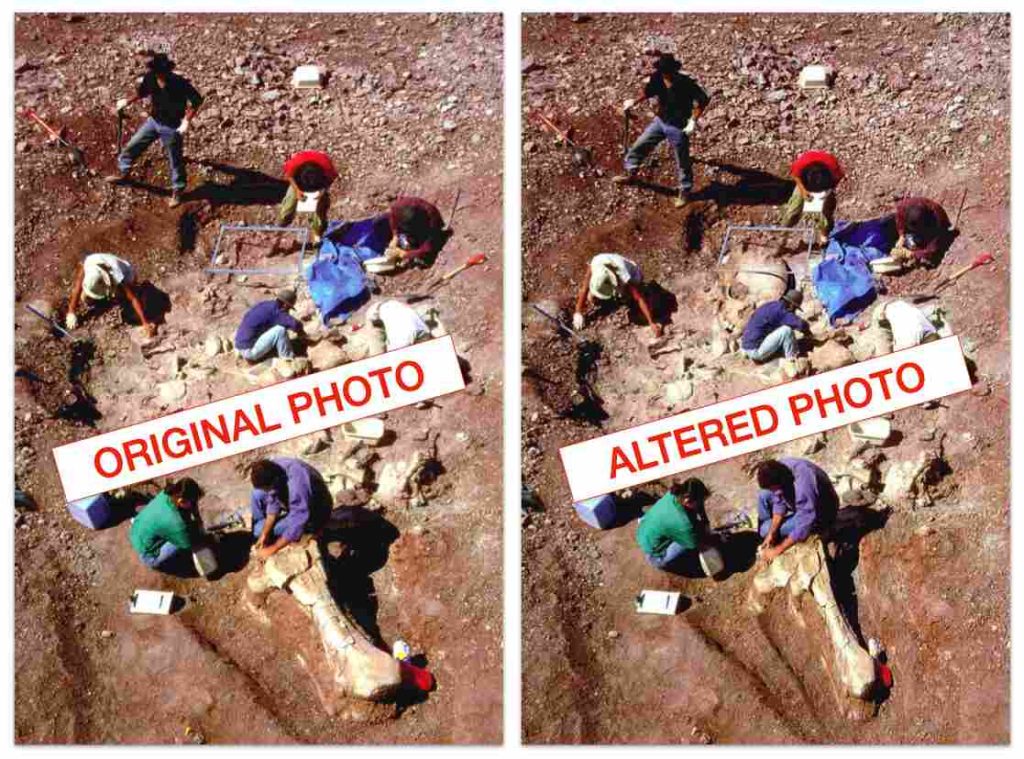
Another case involved the Reid Collection, a group of Native American skeletons unearthed in Nevada. One skeleton was said to measure 9 feet 6 inches, but further examination by anthropologist Sheilagh Brooks revealed that none of the skeletons exceeded 5 feet 11 inches in height. These cases highlight how misinterpretation and a lack of scientific rigor have contributed to the giant skeleton myth.
